Craft celebrating the succesful lauch of the Prichal module to the ISS by ROSCOSMOS

– ROSCOSMOS launched the Uzlovoy Module (UM) Prichal (the Russian word for “pier”) to the International Space Station (ISS). The UM Prichal – aka The Prichal Node Module – is a new part of the Russian segment of the ISS. This mission also brought 700 kg of cargo to the station. It was launched atop a Soyuz 2.1b vehicle using Progress M-UM spacecraft. The rocket lifted-off from Launch Complex 31/6, at the Baikonur Cosmodrome in Kazakhstan. This mission marked the 7th uncrewed mission to the ISS in 2021 and the 68th launch of Soyuz 2.1b.
Mission: Uzlovoy Module (UM) “Prichal”
Prichal is a node module designed and developed for the Russian segment of the ISS by S.P. Korolev Rocket and Space Corporation Energia (RKK Energia). It consists of a pressurized spherical compartment with a diameter of 3.3 m and functional components located outside and inside it. The interior of the module is divided into two zones: habitable and instrument with on-board systems. The primary task of this module is to boost the potential of Russia’s spacecraft to dock with the ISS. The first docking of a Soyuz MS spacecraft to Prichal is planned for March 18, 2022.
Initially, the UM Prichal was supposed to launch in 2012. However, the project has been repeatedly postponed due to different reasons and circumstances, particularly, delay in the development of the MLM Nauka module.
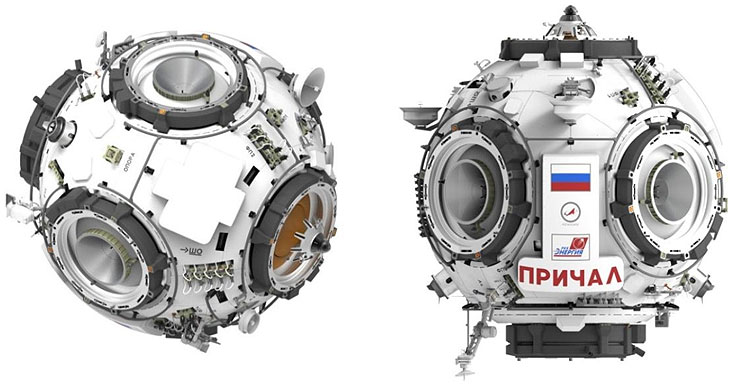
Where is the module going? :
The ISS (International Space Station)
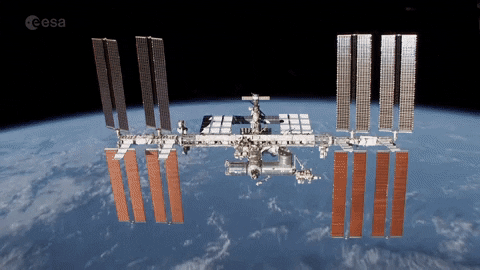
Rocket: Soyuz 2.1b
ROSCOSMOS’s Soyuz is a multi-use, medium-lift launch vehicle that was introduced in 1966 and since then has been the workhorse of the Soviet/Russian space program. It is capable of launching civilian and military satellites, as well as cargo and crewed missions to the ISS. Over the decades, several variants of the Soyuz rocket have been developed. Soyuz 2.1b is one of its latest iterations that belongs to the Soyuz-2 rocket family.
The rocket consists of three stages, all of them are expendable. When launching to the ISS, Soyuz-2 can be flown with either a Progress capsule or a Soyuz spacecraft.
Soyuz 2.1b is about 46.3 meters (152 ft) in height and 2.95 meters (9 feet) in diameter. The vehicle’s total lift-off mass is approximately 312,000 kg (688,000 lb). The rocket’s payload lift capacity to low-Earth orbit (LEO) is between 6,600 and 7,400 kg depending on the launch site.
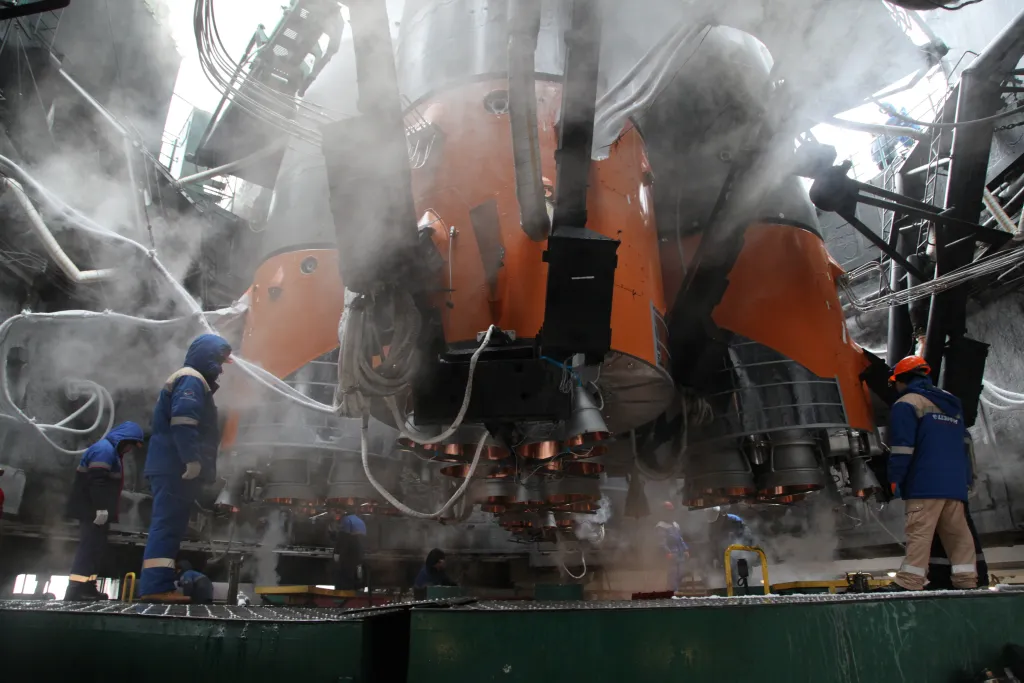
————————————
Craft Notes:
- Auto-Launch to Orbit by Preprogrammed Vizzy. (Throttle 100%)
- Multiple Pad and Rocket Camera setups (with launch clams cameras)
- Launch Clamps to hold down rocket
- Preprogrammed Vizzy for Launch and to parking orbit (>350 x 300 km orbit)
*1. Fairing Deploy to be done after 105 km AGL (manuallly)
2. Allow stage 2 to completely burn out
3. Jettison stage 3 shroud (cover) after circularisation burn begins (manually)
*4. payload deploy to be done manually
————————————
Credits:
Predecessor Craft by UlmSpaceAgency
Repurposed satellites by NewSight
Vizzy by: KAL
Modifications to Rocket, Space-craft and Vizzy by OrbiteX

GENERAL INFO
- Created On: Mac
- Game Version: 0.9.802.0
- Price: $32,021k
- Number of Parts: 1122
- Dimensions: 47 m x 85 m x 85 m
PERFORMANCE
- Total Delta V: 2.4km/s
- Total Thrust: 11.6MN
- Engines: 46
- Wet Mass: 9.04E+5kg
- Dry Mass: 3.25E+5kg
STAGES
| Stage | Engines | Delta V | Thrust | Burn | Mass |
|---|---|---|---|---|---|
| 1 | 8 | 772m/s | 157kN | 1.06hours | 9.04E+5kg |
| 2 | 16 | 744m/s | 7.0MN | 83s | 9.04E+5kg |
| 3 | 8 | 552m/s | 1.8MN | 2.1m | 4.59E+5kg |
| 5 | 0 | 0m/s | 0N | 0s | 1.86E+5kg |
| 7 | 8 | 261m/s | 1.6MN | 29s | 1.86E+5kg |
| 15 | 1 | 57m/s | 177kN | 6s | 17,420kg |


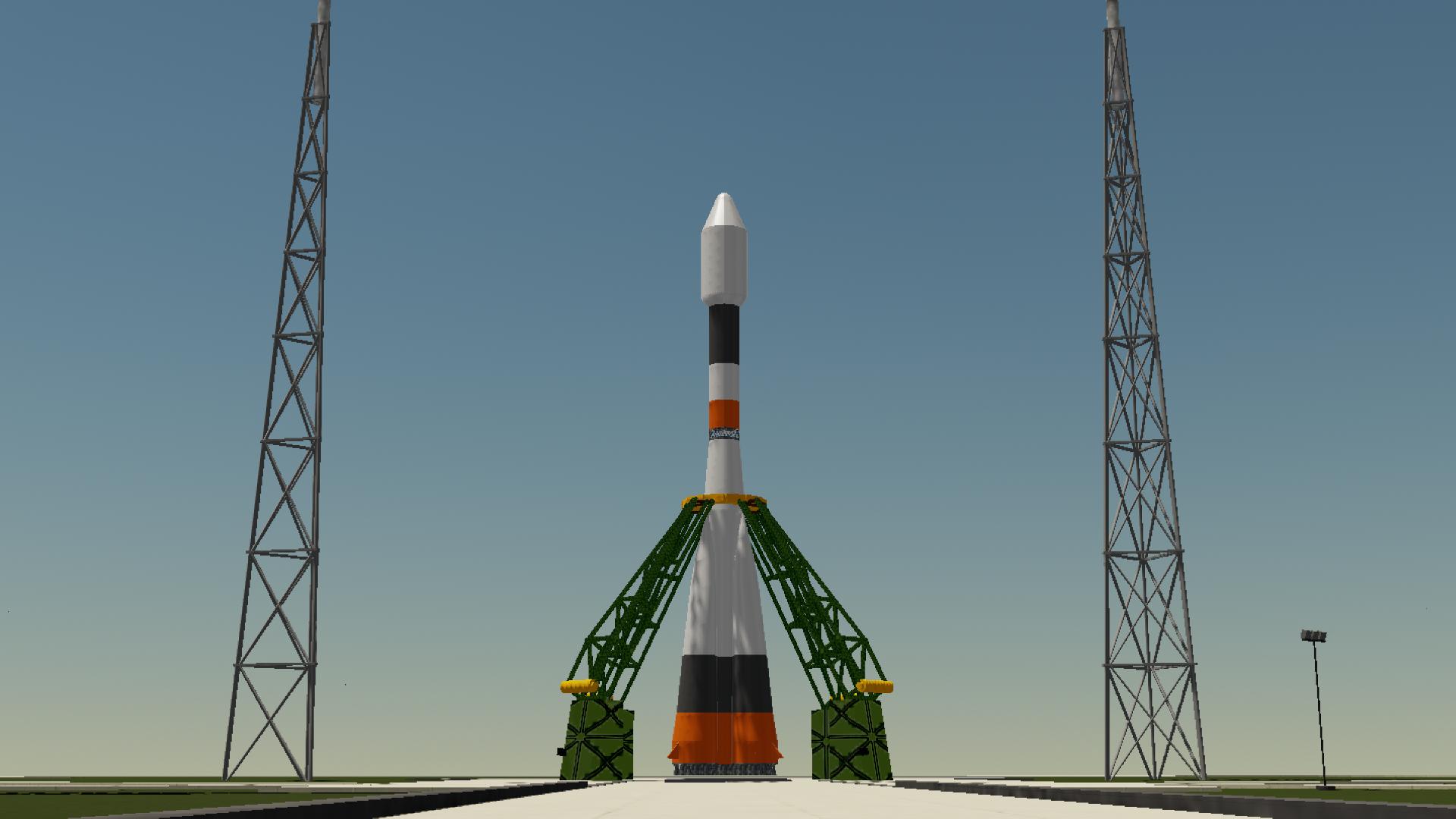
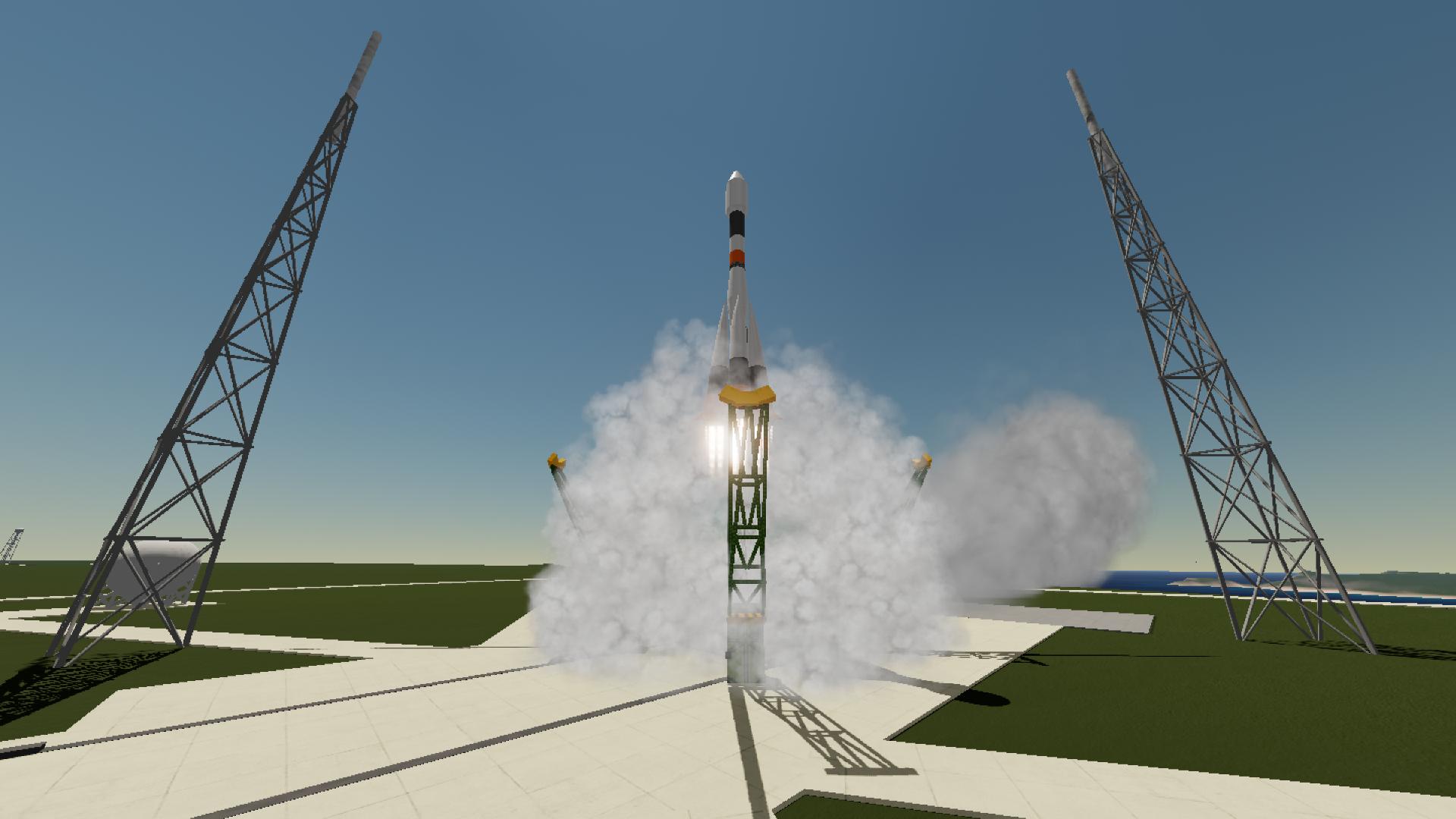
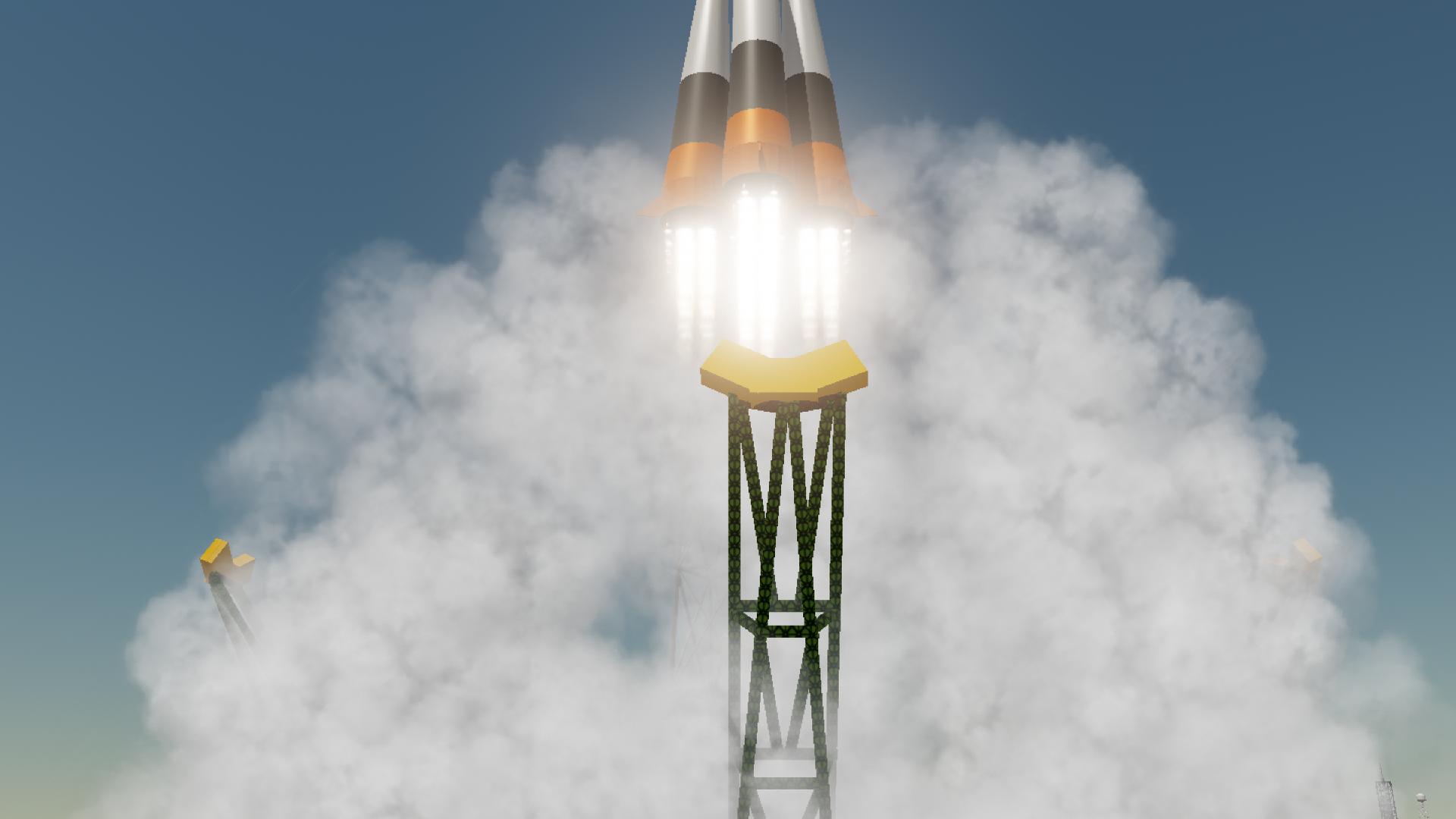
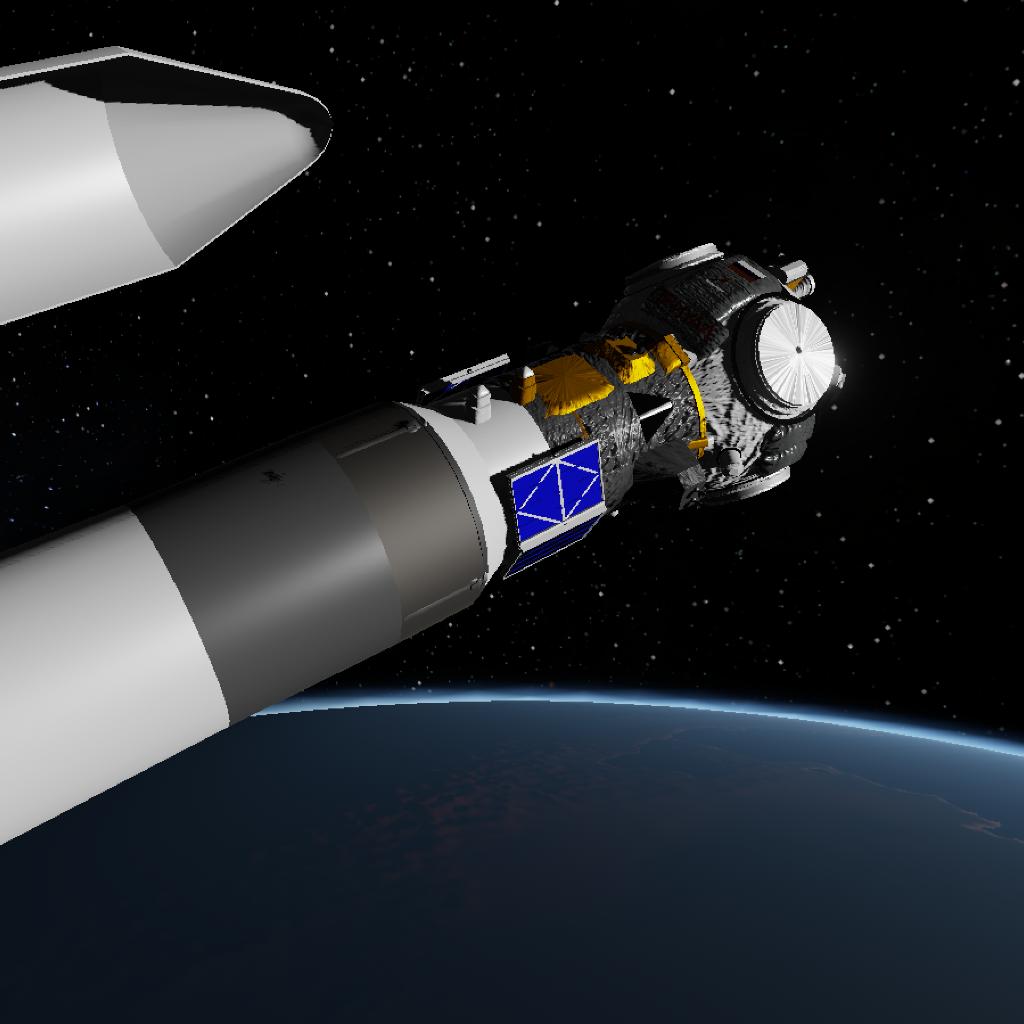
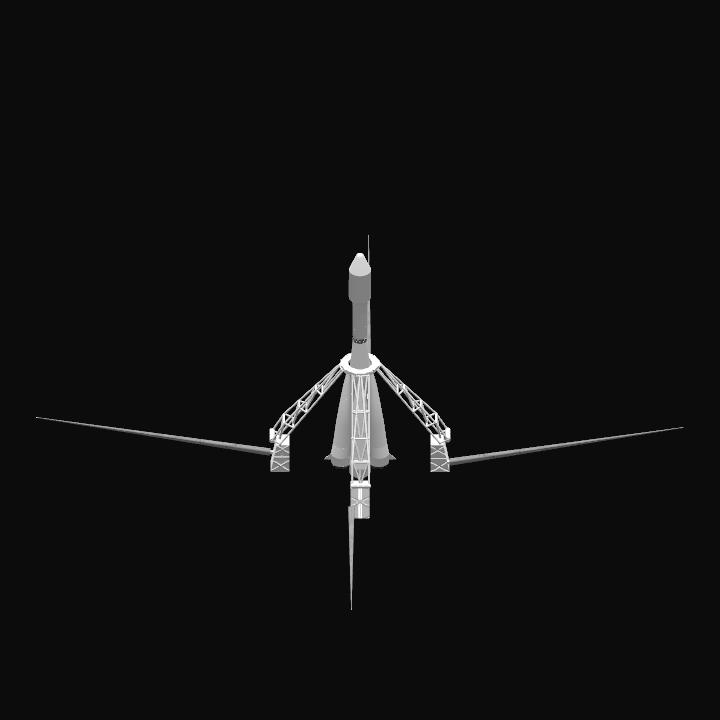
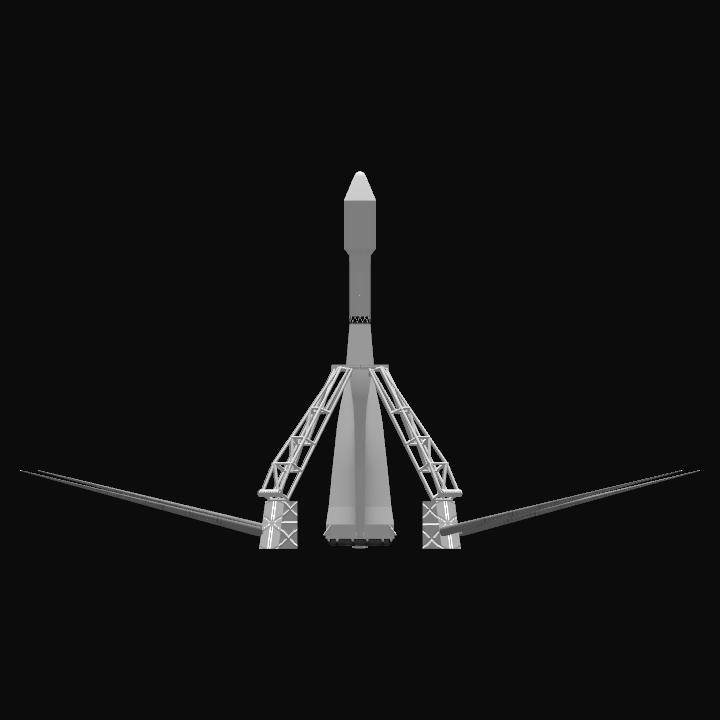
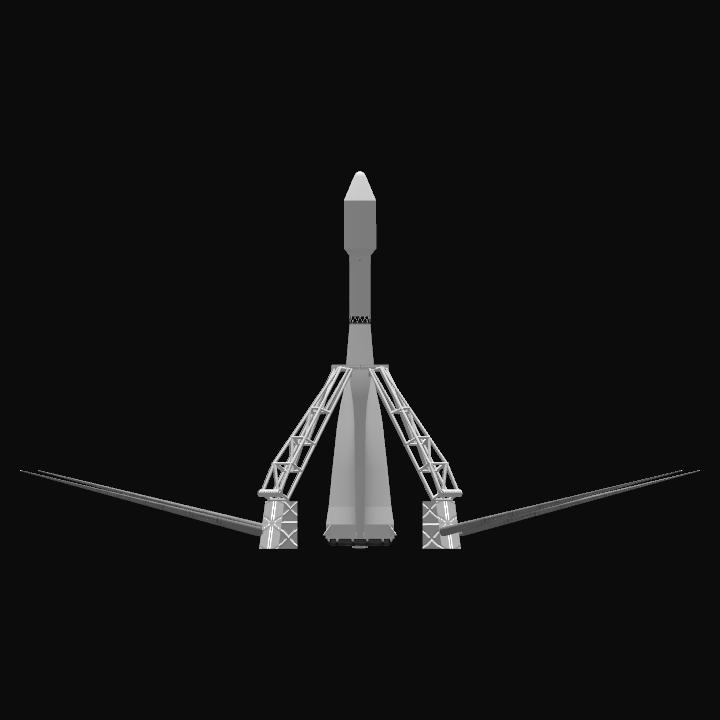
Dude all of your rockets are amazing. I love it